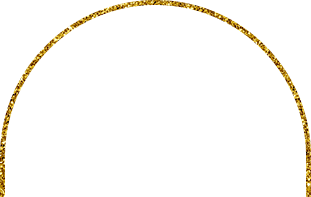Testing honey at home can indeed be a bit tricky! There are some practical tests you can try, though none are a 100% guarantee they’re still a good start. Let’s go through a few:
First off, about the water test: You’re right. The honey’s viscosity can affect how it behaves in water, but the basic idea is that pure honey shouldn’t dissolve quickly. Take a spoonful, drop it into a glass of water, and see if it sits on the bottom or spreads—pure honey might just clump at the bottom. Remember, dont worry if it spreads slowly, real honey can be a bit quirky!
Now the flame test… ah, yeah, it’s a bit dangerous—maybe best avoid setting anything on fire in your kitchen. The logic is there because pure honey has low moisture content, but honestly, no need to risk burning your place down. Stick with safer methods.
Let’s talk crystallization. Yep, real honey tends to crystallize over time, especially in cooler temps. That said, the pace of crystallization depends on factors like nectar source. Honey with higher glucose levels (think clover or sunflower) crystallizes faster compared to others like acacia. Seeing some crystals? It’s not a bad thing.
Taste and aroma can also provide clues, tho they’re subjective. Pure honey often has a complex, rich flavor profile and a fragrant smell, not just sugary sweetness. If your honey’s bland, it might be a red flag, but could also be the specific flower source.
As for branded honeys, well, reputations can vary, but generally, looking into brands with rigorous testing and certifications can help. I’d say try local beekeeper markets, they often have more transparent practices.
Lastly, there’s always the lab test option, which is the most reliable but not exactly convenient, right? If doubts persist, purchasing from brands that highlight detailed sourcing info and sustainability practices could be worthwhile.
Hope this helps a bit with your honey investigation! Let me know if there’s anything else buzzing around your head. 🍯







